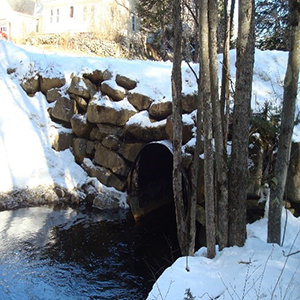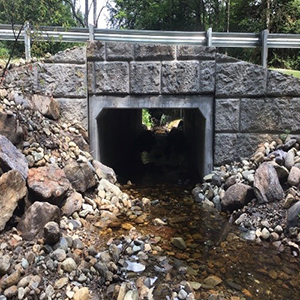Hazard Mitigation
Hazard Mitigation is any sustained action taken to reduce or eliminate the long-term risk to life and property from hazard events.
Mitigation actions reduce or eliminate long-term risk and are different from actions taken to prepare for or respond to hazard events. Mitigation activities lessen or eliminate the need for preparedness or response resources in the future.
About Hazard Mitigation
The Mitigation & Recovery Section administrates the Hazard Mitigation Assistance Programs. The Section assists with the development of comprehensive hazard mitigation plans for communities to determine their risk, vulnerabilities, and probability of occurrence of natural, human-made, and technological hazards. The Plans then also consider a comprehensive range of hazard mitigation actions that reduce the likelihood of occurrence and/or reduce the impacts of disasters. Hazard Mitigation Projects are then considered, funded, and implemented across the state in accordance with the State's and Community's Plans and Goals.
Mitigation Actions
Examples of mitigation actions:
- Promoting effective land use planning based on identified hazards
- Adopting and enforcing building codes and standards
- Buying flood insurance to protect personal property and belongings
- Securing shelves and water heaters to walls
- Elevating structures above the floodplain
- Retrofitting structures to withstand earthquakes
- Acquisition and demolition of flood prone structures
- Upgrading culverts and drainage infrastructure to increase capacity and prevent future damage





